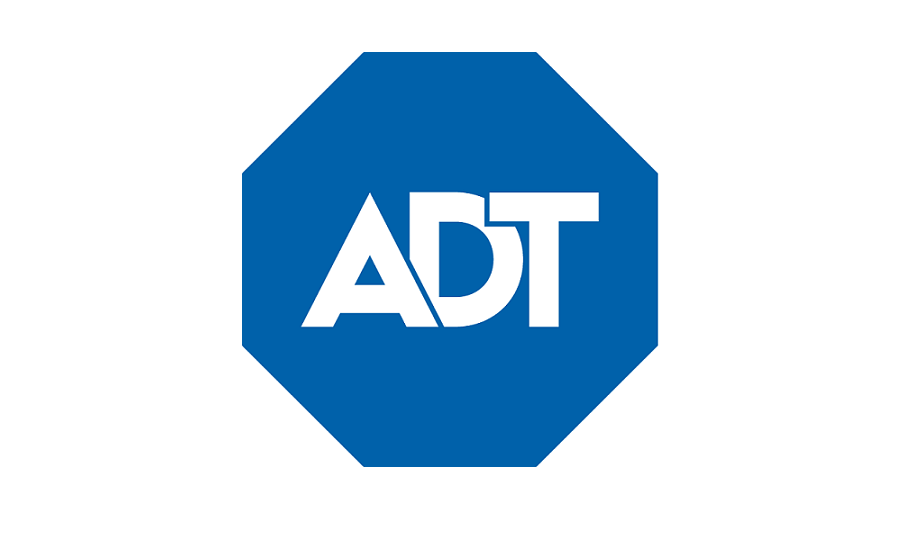In Pursuit of Providing a Safe and Secure Environment in the Workplace
All public properties are faced with a diverse and complicated set of safety and security risks, from health and safety to violence, terrorism, natural disasters, fires, political and environmental. Reducing safety and security risks requires the hands-on support of all operating teams, not just the security team, each playing their part in the pursuit of providing a safe and secure environment for all customers and staff.
The challenge is twofold, one many still rely on antiquated logbooks, checklists, and manuals to manage the broad spectrum of safety and security risks. And two, the resources we rely on to complete the tasks necessary to improve safety are generally junior, inexperienced, and not particularly loyal to the business. Continuing to rely on these outdated and complicated management practices is risky and could be very costly. It leaves organizations exposed to safety and security related incidents, it is unreliable, reactive, resource intensive, and easily debatable.
Complex risks
To complicate matters, as safety and security risks continue to grow more complex, the corresponding operating costs are also on the rise. Regulatory fines, commercial insurance premiums and lawsuits are increasing year over year, making non-compliance with safety regulations a risk no one can afford. Not only is business continuity a concern, but when something goes wrong, the negative impact on the brand/reputation and resulting legal liabilities and regulatory fines will cost dearly.
We envision a world where physical safety is managed with the same commitment as digital and financial security
At Zendelity, we envision a world where physical safety is managed with the same commitment as digital and financial security; where all safety and security risks are managed with the same level of due diligence and accountability.
A day in the life
To understand just how much risk these outdated management practices are exposing operations to and how complicated managing safety and security has become, we will look at just a single weave in the web of corporate safety and security.
It’s a simple, yet common safety risk, one that every operation is faced with, the ‘slip and fall’ accident. It’s the perfect example of a safety risk that no operation is immune to, it touches multiple departmental silos and when it happens you can be sure the executive management team will know all about it. Consider this for a moment, according to the Ontario Workplace Safety & Prevention Services (WSPS), 80 workers are injured every day because of a fall – that’s one every 20 minutes and the cost to the organization is approximately $59,000 per injury.
Now consider this, in Ottawa, Canada, on average it snows 63 days a year. Each time it snows, all public entrance ways will need to be shoveled and salted a minimum of twice per snow fall, halfway through and at the end. In the case, of an elementary school, hotel, hospital, apartment complex or commercial building, that has 9 entrance ways leading to the great outdoors that will translate to a minimum of 1132 net new tasks that must be completed per year on top of all the other daily safety requirements. Now ask yourself this, how often do you suppose one of those entrance ways are missed? At an average cost of $60K for a slip and fall accident, I’m not sure I would want to play the odds.
The challenge is not the job, that is simple enough, the challenge is making sure it gets done in the first place. While responsibilities are listed in safety manuals, requirements change based on the amount of snow or weather conditions making it hard for staff to remember the rules. Communicating requirements to staff is often done with paper-based checklists that are being updated, reprinted, and manually distributed. To measure and manage compliance, completed checklists are collected, and results manually compiled. Inspections are invested in, to identify potential procedural errors, and catch negligence before someone gets hurt. Access to the data necessary to verify work and understand how the team is actually performing is time-consuming to consolidate, outdated and nearly impossible to verify.
The stakes are getting higher
The focus and priority of safety and security have been growing year over year
While COVID has recently put the spotlight on safety procedures and the risk of a slip and fall is a simple example of the daily safety risks companies face, the focus and priority of safety and security have been growing year over year. Today more than ever before our physical safety and security is at increased risk, the threat of natural disasters, terrorism, violence or political actions has never before been at this level. Today people are equally as concerned for their physical safety as their financial and personal information.
On top of the fear uncertainty and doubt in the minds of customers and staff, all businesses are facing an increase in operating costs, related to safety and security, according to:
The Insurance Journal, commercial property insurance is expected to increase by an average of 20% in 2020, in one part due to the extreme catastrophic weather and wildfires since 2017 which have had a direct impact on pricing.
A survey by U.S.-based Marsh LLC found that rates for directors and officers liability insurance rose more than 100% in the UK in Q2 as insurers fear that the pandemic will lead to hefty litigation claims.
Occupational Safety and Health Association, for a willful violation, in which an employer knowingly failed to comply with an OSHA standard or demonstrated a plain indifference for employee safety, the maximum penalty has increase to $134,937/violation in 2020.
The National Safety Council, the average cost of a workplace fatality and preventable death is now $1.19M.
In addition to the legal and regulatory requirements, organizations are also faced with the new ‘see through economy’ where nothing is secret. Social media has created a world where it is no longer possible to keep even the smallest of incidents out of the public eye, exposing the brand in ways never before seen. When something goes viral, everyone, including customers, prospects, business partners, investors, etc. will know about it. To put the power of social media into perspective, consider a study by Cornell University, who found that hotels can expect to see an increase of 39% in their average daily rate if they can increase their score by just one unit on TripAdvisor, say from 3.5 to 4.5! A 39% increase in revenue is a huge incentive to protect the brand from the negative connotation of a safety and security incident taking place on your property, even if it’s as simple as a slip and fall accident.
We envision a world where…
At Zendelity, we envision a world where all organizations have a system of record for all types and levels of safety and security actions and issues. Where the safety and security team have a 365-degree view of all safety risks across the property and access to the real-time data necessary to improve response times. Where managing operating compliance is as simple as viewing a dashboard, running a report or receiving an automatic notification.
We envision a time where operations will promote their ‘safety and security score’ as a badge of honor, as a means of competitive differentiation. Similar to a ‘5-star hotel’, customers and guests will look for a ‘safety and security report card’ and those with a good track record will differentiate.
Safety and security have become a complicated web
We envision a world with smarter cities, where emergency services are able to respond faster and with more accuracy when they arrive on site due to improved situational awareness. Where both the on-site emergency response team and the emergency responders can act as one, to reduce the risk and improve safety during an incident.
Safety and security have become a complicated web, the operating practices you employee to manage that risk will determine your success. So, ask yourself this, are the logbooks, checklists, and manuals really still good enough, are you willing to stake your business on it?
















Commentary: The latest Worship War: obey or disobey public health orders?